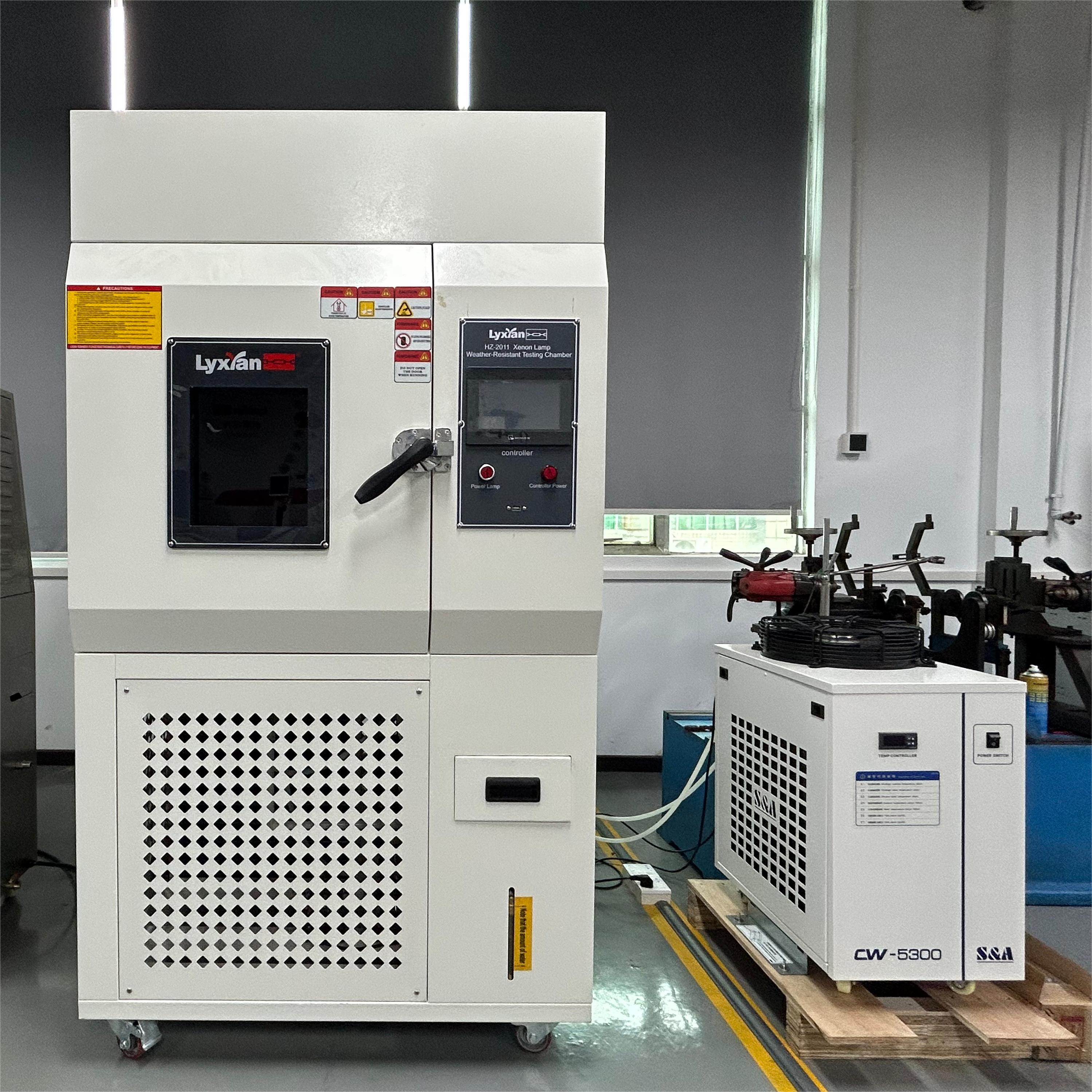What is the appropriate water temperature for the lamp tube in the xenon lamp test chamber?
The water temperature of the lamp tube in the xenon lamp test chamber should be set according to the test standards and equipment requirements. When conducting IPX5 waterproof test,
the water temperature setting of the test chamber is an important parameter, which affects the accuracy and reliability of the test.

When conducting xenon lamp test chamber tests, the water temperature of the lamp tube is a crucial parameter. In order to ensure that the light source produces stable and uniform radiation
and maintains the real environmental response of the sample, the choice of water temperature is particularly important. Generally speaking, according to relevant technical documents and
equipment manuals, the setting of the water temperature of the lamp tube should usually meet the following conditions:
1. Water temperature range: The inlet water temperature of the lamp tube cooling water should be kept within a certain range, and the generally recommended water temperature is 15 to
30 degrees Celsius. This is to ensure that the lamp tube will not be damaged due to overheating, and also to ensure the uniformity and stability of the temperature in the test chamber.
2. Water flow rate: The water flow rate should be sufficient to maintain the appropriate temperature of the lamp tube and prevent the lamp tube from overheating. The size of the water
flow rate depends on the power of the lamp tube and the specific requirements of the test chamber.
3. Temperature control: Some xenon lamp test chambers are equipped with automatic temperature control systems, which can adjust the water flow according to the actual temperature
in the test chamber to maintain a constant water temperature.
4. Safety protection: The test chamber should have an alarm system for low or high water temperature, as well as a protection function that automatically cuts off the power supply
when the water temperature is abnormal, to ensure the safety of equipment and operators.
5. Regular inspection: The water cooling system, including water pumps, pipes and joints, should be checked regularly to ensure that there is no leakage and blockage, and to
ensure the normal operation of the cooling water circulation system.
6. Water quality requirements: Using deionized water or distilled water can reduce mineral deposition in the water system and avoid blockage and corrosion problems.


